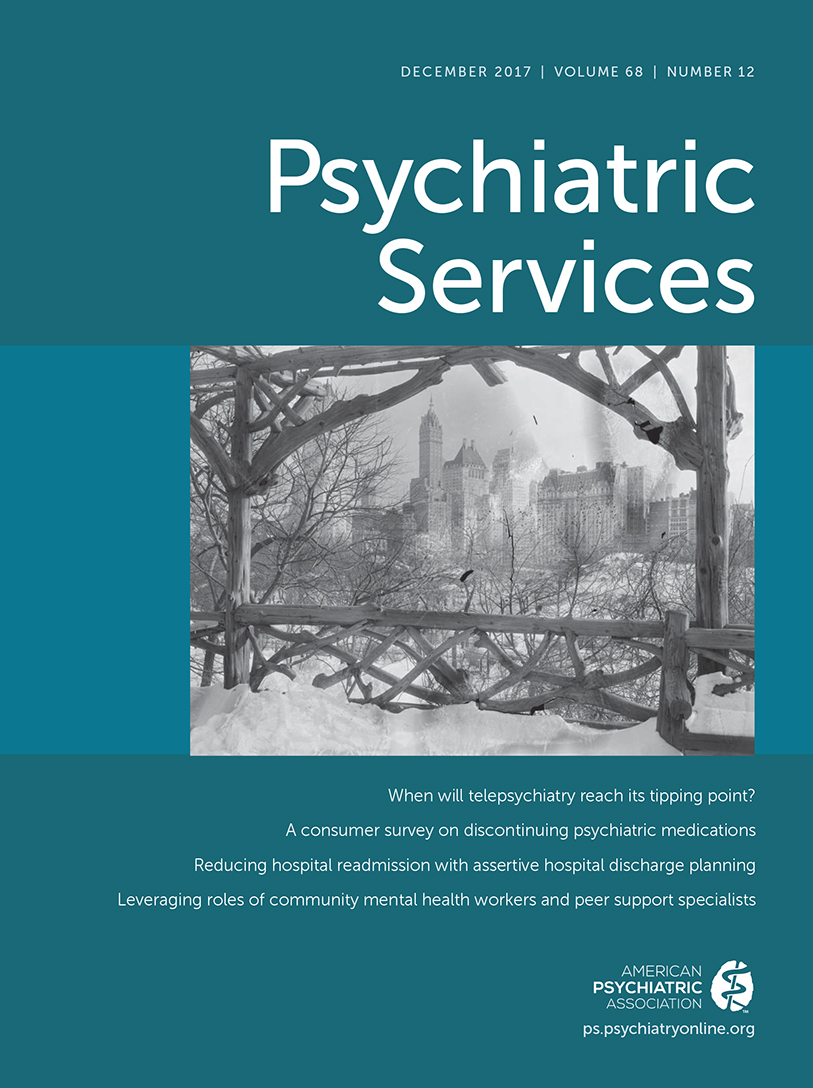Defining Peer Roles and Status Among Community Health Workers and Peer Support Specialists in Integrated Systems of Care
Abstract
Current strategies for integrating general medical and behavioral health services focus primarily on improving the coordination of care and expanding team-based services. Absent from most discussion has been a focus on the workforces that provide the bulk of community-based outreach, engagement, activation, motivational support, and self-management: community health workers (CHWs) and peer support specialists (PSSs). CHWs have primarily been deployed in general medical care and PSSs in behavioral health care. Understanding the unique contributions that CHWs and PSS provide for health promotion and wellness and improved population health outcomes is an important challenge. This Open Forum reviews the key elements of peer status as a way to help illustrate the differences between these workforces and the best deployment strategies for each workforce. A framework is proposed that outlines key support roles provided by the CHW and PSS workforces.




